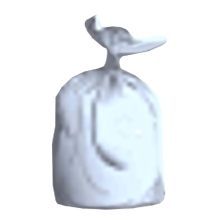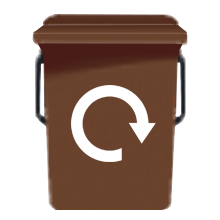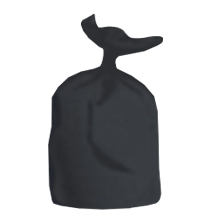Ash dieback or Chalara dieback is a serious fungal disease that only affects Ash trees.
It first emerged in Poland in the early 1990's but has spread rapidly across Europe into the UK and now unfortunately been found in several sites across Guernsey. The disease has spread primarily via wind-blown spores which are known to travel up to 30km from an infected tree, and the movement in trade of infected plant material which is why the import of Ash trees into Guernsey has been restricted since 2012.
Younger trees are likely to succumb to the disease first and older trees can often survive for longer but it is likely that we will eventually lose the majority of our Ash trees. International efforts are underway to find resistant strains of Ash trees so that they can be reintroduced in future.
What does it look like?
- A guide to identifying Ash trees and Ash dieback is available to download to the right of this page. Further information is available by following this link: https://www.forestry.gov.uk/ashdieback.
Can it be stopped?
- Experience in other jurisdictions indicates that it has not been possible to halt this disease once it is present across an area. It has been found in several sites across the Island and further measures such as mass felling of trees is not considered to be an effective or practical option.
What should I do?
- Do not rush to fell or remove infected Ash trees - they provide valuable habitat to many species. It is better in the long term to let the diseases take its course as some trees will survive for several years. There is a small chance that a resistant tree may be found in our existing Ash population or in new seedlings that emerge.
- If you do have a young tree that dies consider replacing it with another species as soon as you can to maintain our native tree cover.
- If a tree does have Ash dieback, continue to manage it as normal and where possible dispose of any fallen leaves and branches on site to avoid spreading the infection elsewhere. Ensuring plenty of air movement through the tree and the collection of fallen leaves will make it harder for the fungus to spread further.
- Leafy or woody material can be burned (if safe and will not cause a nuisance) or buried on site where possible. Current advice is to bury under 10cm of soil or 30cm of non-infected plant material for at least 2 years to prevent the release of more spores. Composting leaf material in sealed plastic bags for 2 years should also prevent spore production. If disposal needs to be offsite make sure the infected material is well covered during transport.
- Disinfect pruning or cutting tools between trees or sites to reduce spread of Ash dieback.
What help is available?
- Additional information on Ash dieback and a range of other pests & diseases can be found at https://www.observatree.org.uk/tree-health/pests-and-diseases/.













